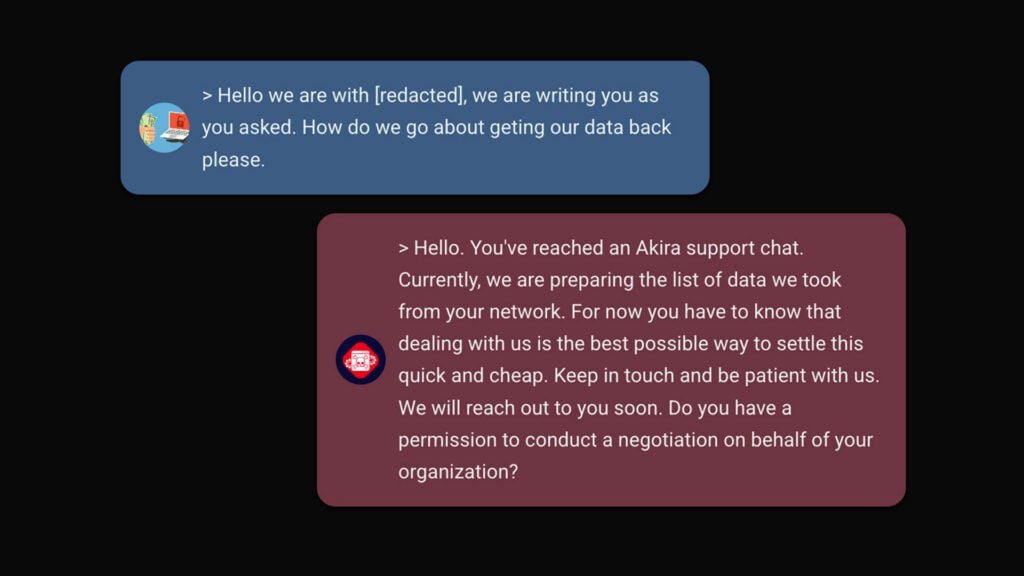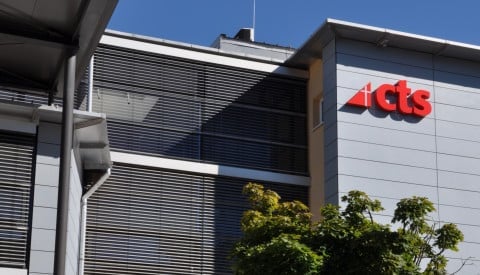Whitepaper
Requirements for the NIS2 directive: Vision, key objectives, and tactical strategies for your organization
This whitepaper provides information on the NIS2 directive, including its primary goals, scope, and the requirements imposed on companies.

The abbreviation NIS stands for Network and Information Systems. In 2013, the European Union (EU) introduced the first proposal for enhancing cyber defense throughout Europe, known as the NIS directive.
In 2016, the NIS directive was interpreted and adopted by member states with slight variations. Recognizing the necessity for greater specificity in order to meet Europe’s increasing demand for enhanced cybersecurity, the EU developed NIS2.
This whitepaper offers comprehensive details about the NIS2 directive, including its primary objectives, scope, and the requirements that companies must comply with.
Table of contents:
- Introduction
- The key objectives of NIS2
- Risk management measures
- Management responsibility is new in NIS2
- How is NIS2 enforced?
- Sanctions if you do not comply with NIS2
- Tactical considerations – Governance frameworks for security
- How can your organization prepare for NIS2?
- How can Conscia help you prepare for NIS2?
To read our entire whitepaper, just fill out the form, and we’ll send you our whitepaper: NIS2: Vision, key objectives, and tactical strategies for your organization, straight to your email as a PDF document.
About the author

Peter Koch
Security Evangelist
Peter is busy guiding Conscia’s customers safely through digital journeys and protecting their business value through digitization. He leads the way in helping Conscia’s customers adopt a more structured approach to cybersecurity through detailed planning and CIS controls. At the same time, he helps them take advantage of the Zero Trust cybersecurity strategy as a […]
Related










